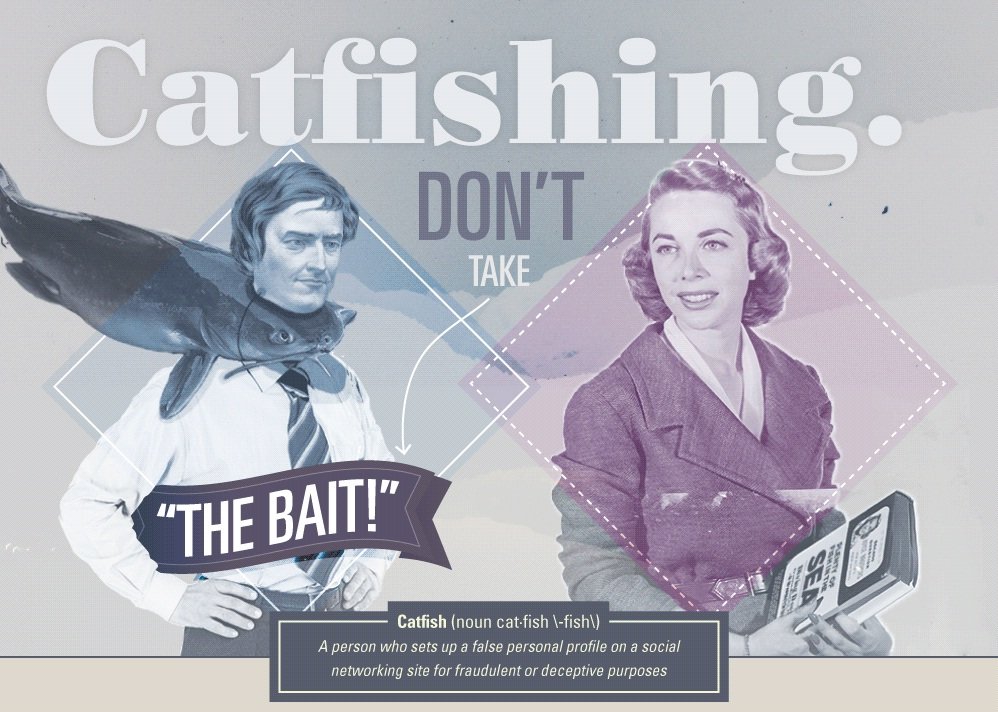The term “catfish” was popularized in the last few years to describe a person who sets up fake social media profiles for deceptive or fraudulent purposes. From extorting information, to cyber-bullying, catfishing and being the victim of catfishing can leave lasting consequences. But what makes a person into a catfisher, and how does one protect themselves?
Catfishing goes far beyond just dishonesty, and even though it is a fairly new phenomenon, the few studies that have been conducted give us clues into what makes a catfisher. From compulsive lying to just plain low self-esteem, pretending to be someone else gives the catfisher a sense of control over a situation and sometimes even over another person.
Spotting a catfisher isn’t easy at first, but it can become very apparent a few weeks in to tell when someone is being dishonest about who they are. When certain personal information is withheld, Facebook accounts are sparse and unpopulated, and they have no pictures or a webcam are red flags that you could be on the catfish hook.
Take a look at this infographic for more on catfishing, famous cases, and how to protect yourself from someone who isn’t who they say they are.

